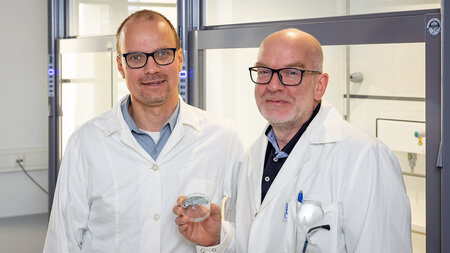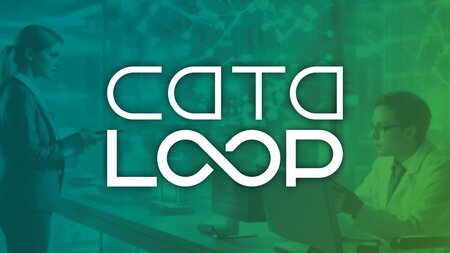Failure Analytical Methods for Micro and Nano Systems
Responsibility: Bernhard Wunderle, Prof. Dr.
Offical course dates for this semester [de]
General Information
- Language: English
- Participants:
- optional required: M_MN, M_MSMN
- Types of teaching (LVS = contact hours)
- Lecture: 2 LVS in Winter Semester
- Lab class: 2 LVS in Winter Semester
- Examiniation: Written exam (90 min)
- Credit points: 5
- Workload: 150 hours
Objectives
Content
Teaching the fundamentals, application and evaluation of the following methods / techniques:
- Scanning acoustic microscopy (SAM)
- Scanning electron microscopy (SEM) and focused ion beam technique (FIB)
- Transmission electron microscopy (TEM)
- Energy dispersive X-ray spectroscopy (EDX),
- Electron backscatter diffraction (EBSD)
- X-ray diffraction (XRD)
- Raman spectroscopy
- Atomic force microscopy (AFM)
- Infrared thermography (IRT) & thermoreflectance (TR)
- X-ray photonelectron spectroscopy (XPS)
- Computer tomography (CT)





